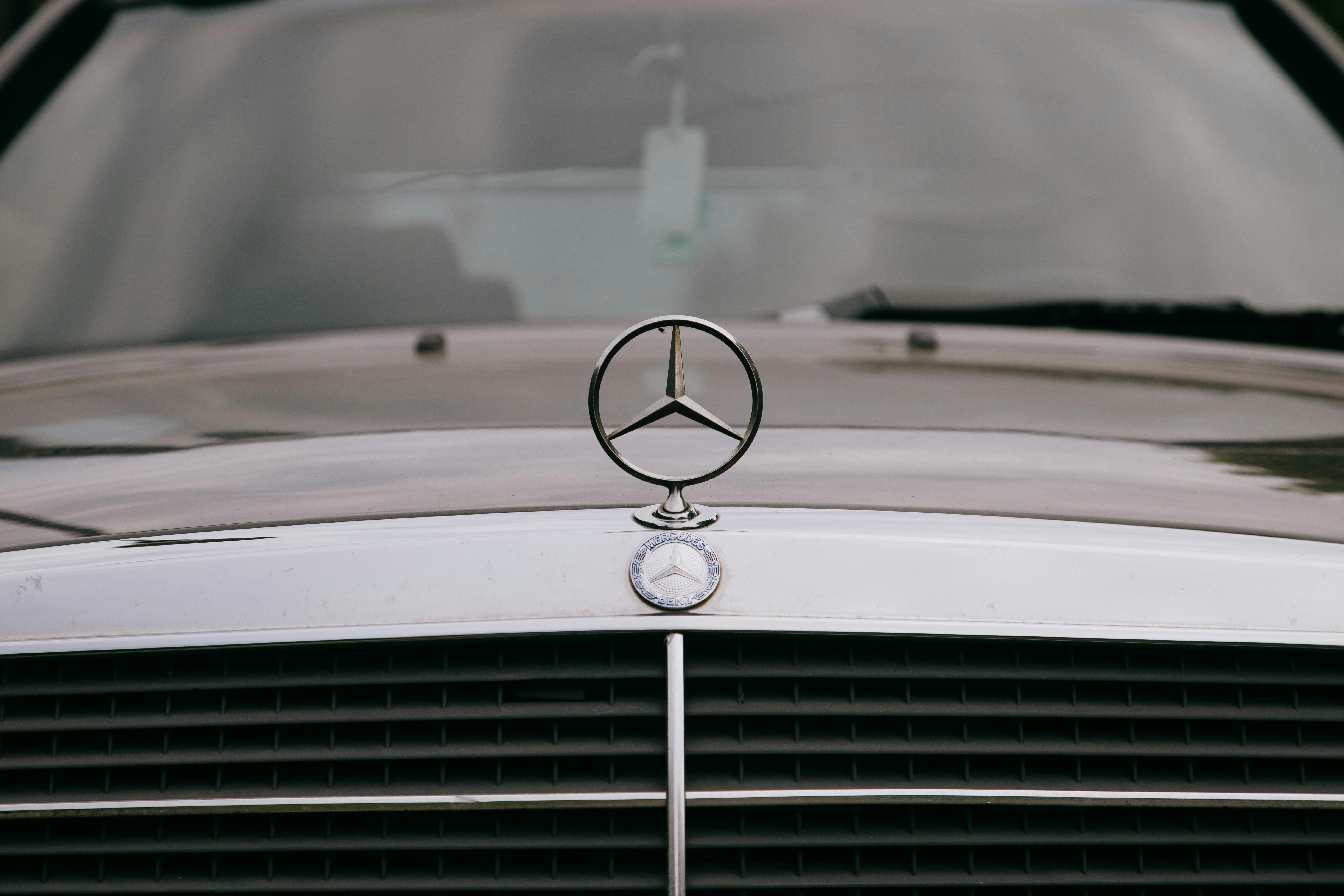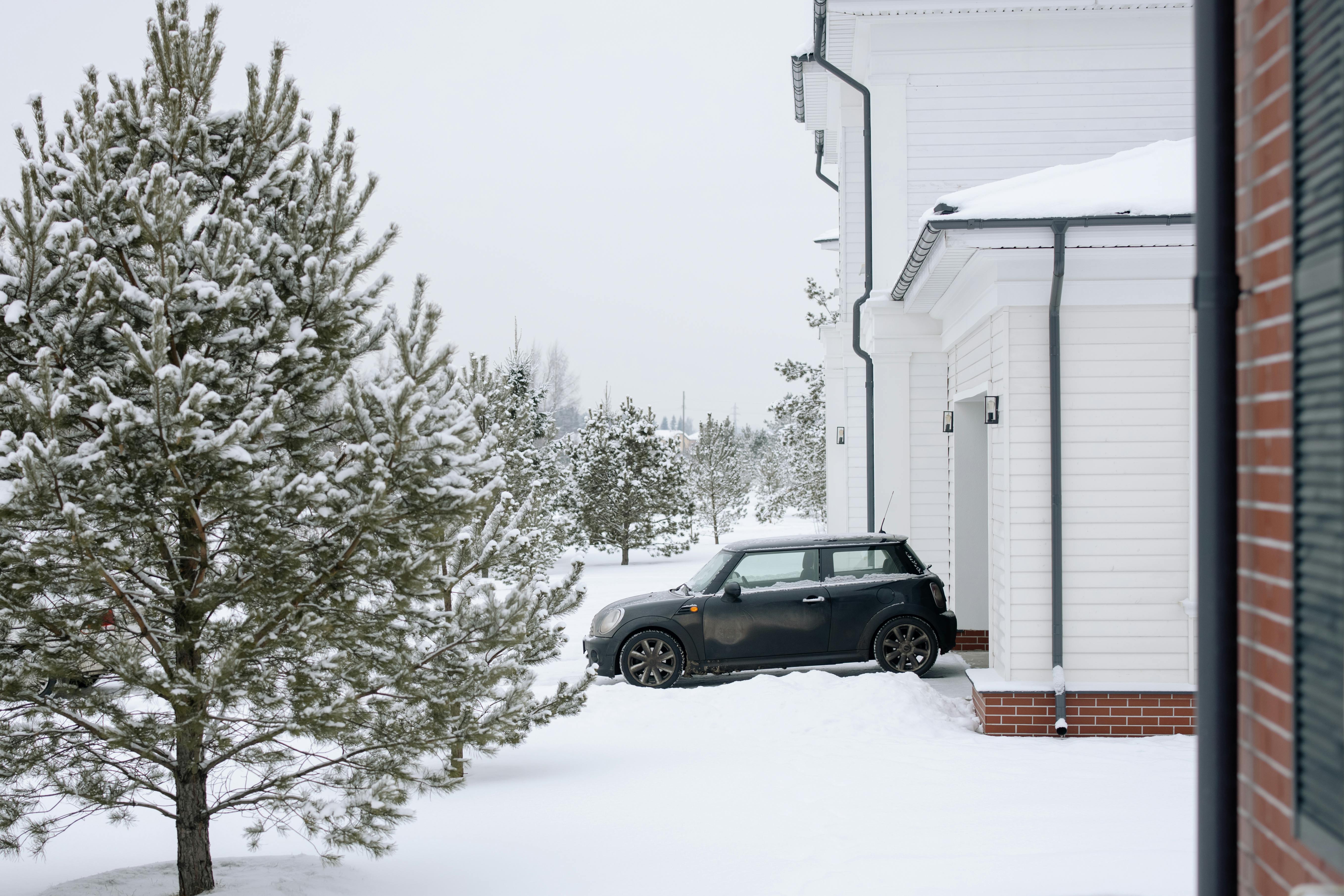The Porsche 356 was a sports car lover’s dream. The 356 was the brainchild of Ferdinand “Ferry” Porsche. The body style was the work of Erwin Komenda and the mechanics came from the VW Beetle, the design of Ferdinand Porsche Sr.
When it first hit the market, it was available as a convertible, convertible, and coupe and saw many changes in both power and style over the years. You will be surprised to find out that the Porsche 356 was actually Porsche’s first production car and admittedly it was a great choice!
This timeline is a bit rough, but it will give you an idea of how the 356 evolved from start to finish.
1948:
Right after the war, Porsche moved to Austria in order to be closer to spare parts suppliers. Ferry Porsche was the designer of the 356. He was the son of Dr. Ing Ferdinand Porsche, who was the founder of Porsche. The original car used a tubular chassis with a 1100cc engine, making it light and fast. The gearbox was designed by Frolich and Komenda designed the body of the 356.
The original 001 raced in the Innsbruck city race and won in the 1100cc class in its first race. It is not surprising! The original 001 is in the Factory Museum.
1949:
The first 356 Cabriolet is constructed of aluminum alloy.
1950:
The factory moves to Zuffenhausen and begins to produce the 356s where they will remain until 1965 producing around 80,000 cars.
1951:
Innovation continues to impress the world with the 356 Cabriolet and the new split windshield. The 1.3-liter was chrome-plated with aluminum cylinders and the first synchromesh transmission emerged. The 356-002 wins hands down in the LeMans in the 1100cc class.
At the age of 75, Dr. Ing Ferdinand Porsche Sr. died at the age of 75. By then, 1,400 people were working under the direction of Ferry Porsche.
1952:
The 1488 cc and 70 hp super engine is presented.
1953:
A deal is made with Max Hoffman of New York that allowed the 356 to be introduced in the United States. It wasn’t long before Hoffman became Porsche’s American importer by arranging for the Porsche line to be transported across the country. This was also the era when split windshields became folded windshields.
1954:
Hoffman convinces Porsche that they can gain more market share by producing a simplified version of the 356 for less money designed specifically for the West Coast, where good weather and amateur racing go hand in hand. And so the Speedster was born and an instant hit with over 4,000 sold in just 5 years.
1955:
The 1600 engine goes into production. The 1500 GS Carrera engine, which is being developed for the racetrack, suddenly hits the 356 line. The A line is introduced which has several minor body style changes.
1956:
The 10,000th 356 rolls off the assembly line and is celebrated at the factory.
1957:
Further improvements saw the T2 prototype with the new transmission. The 644 replaced the 519 with a much better shifter, double nose mounts, and much better syncs.
1958:
The Carrera engine continued to undergo improvements that produced more power. The Convertible hit the market replacing the Speedster and was much taller and more luxurious than its predecessor.
1959:
The latest Speedster is launched and the 1300 engine is also abandoned.
1960:
The 356B has the Super 90 engine. The 90 has a counterbalanced crank, Solex P40-II carburetor, and sodium-filled valves.
1961:
The hardtop introduces itself and is instantly a hit and is affectionately dubbed the “Notchback.” More than 1,700 of these cars were sold in less than two years.
1962:
Porsche is talking to Reutter about the coach manufacturer’s purchase. The factory launches Christophorus, which is a Porsche lifestyle magazine.
1963:
The 356C is launched with the 95 hp SC engine. It has 4-wheel disc brakes and is available with an optional 12-volt electrical system.
1964:
The production of 356 has moved above 10,000 a year.
1965:
The final Cabriolets roll off the assembly line.
After several evolutions, the 356 was retired in 1965, but today the car is still sought after and it is common to find them selling for more than $ 175,000. In the 1950s, you could buy that new car for $ 4000.
The 356 also got big in the movies with Top Gun, 48 hours and another 48 hours. And Janis Joplin has a psychedelic painted 356C. The 356 underwent many changes over the years, some mechanical and other cosmetic, but what remained constant was its charm, style, sportiness and speed. Even today, this is a car that turns heads.



